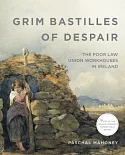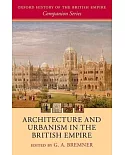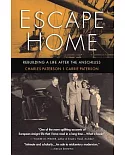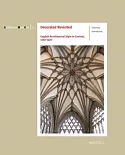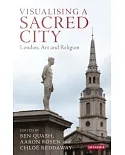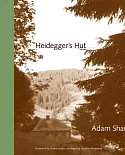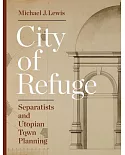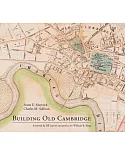The architecture reflects the history, tracing the evolution of one of the first regions in today's New York State to be settled by Europeans. Dutch and French Huguenot villages and homesteads
of the 1600s form the core of today's Kingston New Paltz, and Hurley, surrounded by the structures built by their descendants and later immigrants��he English, Irish, Italians, and scores of
other ethnic and national groups��s Ulster County rose from the ashes of the American Revolution and became an important commercial center, with bustling ports on the Hudson River, the booming
19th-century ��mpire State's��first superhighway. Everywhere one looks in Ulster County there are vestiges of the past��bandoned cement mines, locks of the old D&H Canal, idle railroad
depots, the ghostly shell of a grand old hotel that never opened to the public. And there is the ��iving history��as well, the structures built by previous generations that are still vital
today, like the Mohonk Mountain House and the hundreds of other historic buildings representing nearly every American architectural style from 1660 to 1950 that remain private homes, libraries,
schools, houses of worship, or have been converted into museums.Grand mountain hotels and baronial hunting lodges are represented in Ulster County, New York, but so also are the modest homes of
the poor and the middle class. Author Rhoads's concept of architectural heritage is broad and all-encompassing. There are bridges and cemeteries, a ��chool-bus house��and a vacation resort
composed largely of retired Kingston trolley cars. There are rotting huckleberry pickers' shacks, the bizarre but creative cabins of hermits and eccentrics, side by side some of America's most
influential art colonies, ��ilded Age��mansions, and dozens of buildings on the National Register including the National Historic Landmark District in New Paltz and the National Register
Historic District of Cragsmoor.The text is enlivened with the histories of the owners, the architects and the builders, as well as the social and historical context within which the structures
were built. Ulster County, New York is a monumental work, the culmination of the author's lifetime study of the Hudson Valley's cultural history.


